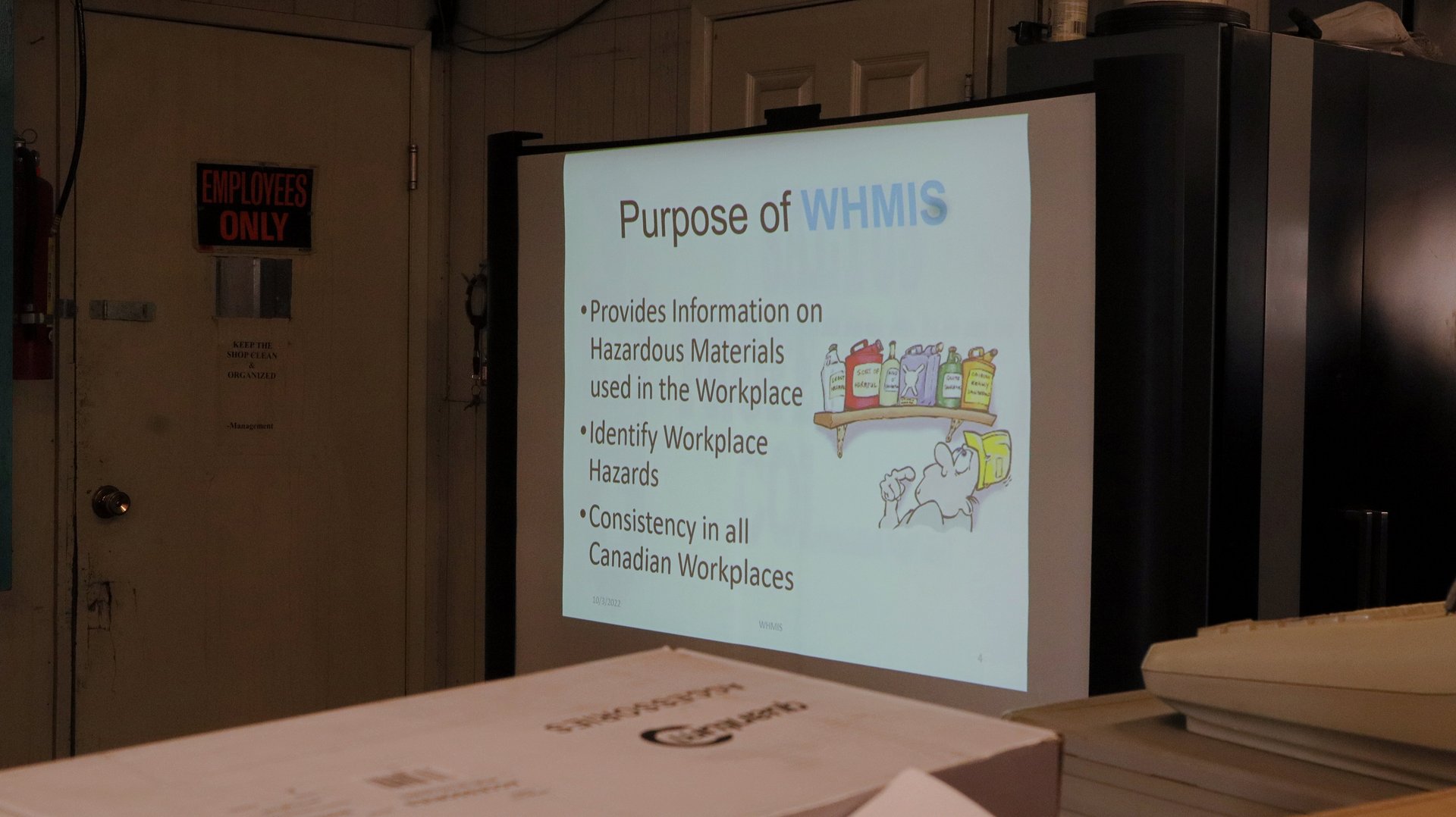The Workplace Hazardous Materials Information System (WHMIS) is synchronized with the Globally Harmonized System of Classification and Labelling of Chemicals (GHS). GHS is a global system that includes categories of rules for identifying and classifying hazardous products, common rules for workplace labels, and a standard format for Material safety data sheets (MSDSs). It is compulsory-As of December 1, 2018- to have a WHMIS 2015 product labels and material safety data sheets for all hazards in the workplace. This course familiarizes you with the WHMIS system and it is implementation in workplaces. WHMIS is an essential knowledge that we all need to protect ourselves and our co-workers from hazardous products. The objective is to gain new information about different hazards, new products, hazard class materials, disposal of a hazardous product, hazard communication, and more. Laws that protect you
The course is design to be in-class for 5 hours. The benefit of the in-class course is to use the concept of the “hands on” knowledge. Several case studies will be discussed in class with peers.
Workplace Specific Training:
Workplaces use different hazardous products and have unique circumstances, thus, the content required to be included in workplace specific training is complicated to define. It is recommended that employers must assess their workplaces and the actual chemicals that they use to determine what their workplace specific training will contain.
Saltus believes that Workplace specific training should include information on the following:
This course consists of 7 main chapters, and chapter eight is specific for certain industry.
There is a test at the end of each chapter. The cumulative grade of all tests will determine the final grade. Percentage required to pass 70% .

The course covers:
Chapter one: WHMIS Introduction
Chapter two: Hazardous products classifications
Chapter three: WHMIS Pictograms
Chapter four: WHMIS Labels
Chapter five: Material Safety Data Sheets (MSDSs)
Chapter six: Education and Training
Chapter seven: Canadian laws and regulations related to hazardous materials transportation and shipping.
Chapter eight: Workplace specific training
